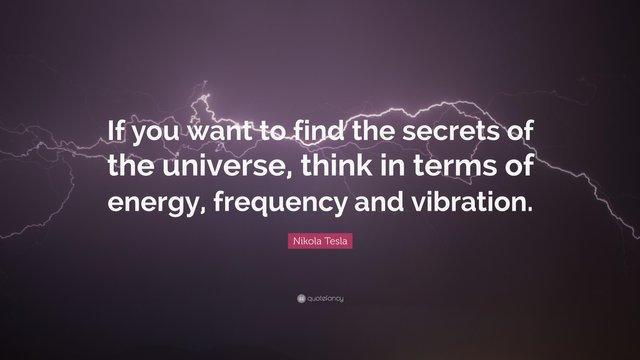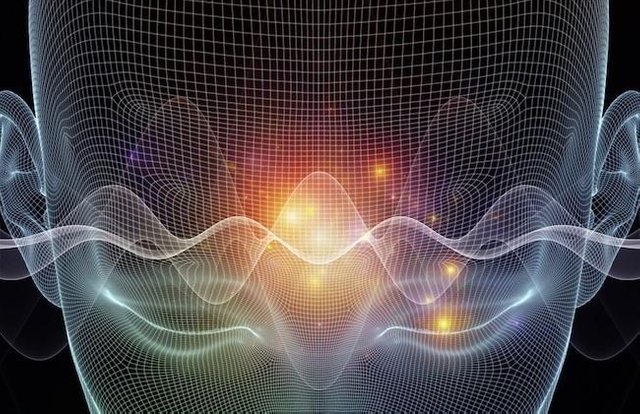The Healing Power of Sound - How does it works?

Every atom in the universe and cell in your body is vibrating constantly and this can be directed and enhanced through the power of sound frequencies in the form of words and music, among other things.
The science of modulating brainwave frequencies with music and sound is well-known and has been studied and developed for some time. However, researchers are only beginning to understand how words and other forms of vibration affect consciousness and either heal or harm us, depending on intention and usage. Yet this is an area of knowledge that mystics have known about and studied for millenia. The ancient Rishis, Seers, and Yogis of India have developed intricate, complex mantras that play upon the effectiveness of sound for enhancing consciousness and inducing healing of the mind, body and spirit.
Many people do not know that the roof of the mouth has no less than 84 different meridian points which are activated when we speak or chant. The form of the tongue when it hits the roof of the mouth determines which combination of meridians are stimulated and therefore certain words and sounds have more profound effects than others. These meridians are connected directly to the body’s nervous system and are partly responsible for the healing effect of mantras and sacred sounds.
Anyone who enjoys music can attest to the power of sound in their lives, but few understand why it is so.

Sounds That Helps us Balancing our energy
Sound therapist make music in a variety of ways to promote healing. Here are some common techniques:
Humming
Humming not only lifts your spirits, it clears your head. According to a study conducted by Swedish researcher, and published in the American Journal of Respiratory and Critical Care Medicine, humming may actually help keep your sinuses clear and healthy.
Classical Music
Classical music has been show to increase the rate of development of synaptic connections in young children's minds. It also helps fuel creativity and enhance joy in adults. Classical music can even help address physical ailments like high blood pressure and muscle tension.
Tuning Forks
Originally used to tune musical instruments to the proper pitch, tuning forks have long been used by orthopedists to detect stress fractures in large bones. Now, sound therapists use the vibrations of tuning forks to increase the amount of energy in parts of the body they are trying to heal or energize. These good vibes can support relaxation, balance our nervous systems and increase physical energy.
Singing Bowls
Whether metal or quartz crystal, a singing bowl sings when you run a felt-tipped mallet around its edge. Along with rhythms produced by striking the edge of the bowl, teh vibrations and tones slow down breathing, brain waves and heart rates, producing a deep sense of calm and well-being.
Yogic Chanting and Om
Chanting, the first step to meditation, is also a means of maintaining health and well-being. Research shows that chanting can stabilize heart rate, lower blood pressure, improve circulation, produce endorphins and aid the process of metabolism. Chanting can also help the mind focus, which alleviates stress levels. For example, repeating the syllable "om," considered one of the most important mantras in yoga, is said to foster a deep mental clarity and promote a sense of connectedness with a higher power.

How Does Sound Heal?
How does this work?, how does sound make for the mending of bones, the softening and soothing of broken hearts, the nearly instant increase in auto-immunity?
According to some experts, it is the vibration itself. The simplest example of this principle is the use of sonic vibrations (like what is used in the generation of sonograms) to heal soft-tissue injuries. This is now a common occurrence in vocational rehabilitation.
Frequency healing, as it is called, has been studied intensely and broken down Hz by Hz. Every frequency “range” has a specific, non-random effect. For instance, 1.0 Hz impacts the pituitary, stimulating the production of growth hormones, while 111 Hz will increase beta endorphins and stimulate cell regeneration.
The Scientists Are Climbing the Mountain
The research is being conducted and the evidence is growing rapidly. Sound–not only moves us emotionally, but affects us at a profound, preconscious, cellular level.
One study recently demonstrated that we vibrate with our environments before we’re even “legally” considered alive in most Western cultures.
At the University of Leicester’s School of Psychology in England, researchers exposed babies in utero to music for up to three months before they were born and then not again until they were at least a year old–that is, only the first six months of gestation.
In the data Dr. Alexandra Lamont found evidence that the babies not only remembered and recognized the music they heard in the womb, but retained the memory of it for at least a year. This sensitivity to music continues as we age.
Research led by Dr. Frederick Tims of Michigan State University showed that patients with Alzheimer’s Disease who underwent four weeks of structured music therapy showed significant increases in their level of melatonin, a chemical linked with sleep regulation and immune response.
In one of the latest, more pointed studies, several researchers studied the effects of music on hypertension.
They concluded:
“Music therapy has contributed to an improvement on the quality of life and blood pressure control of patients, suggesting that this activity may represent a therapeutic approach to help strengthen the programs of multidisciplinary care of hypertensive patients.”